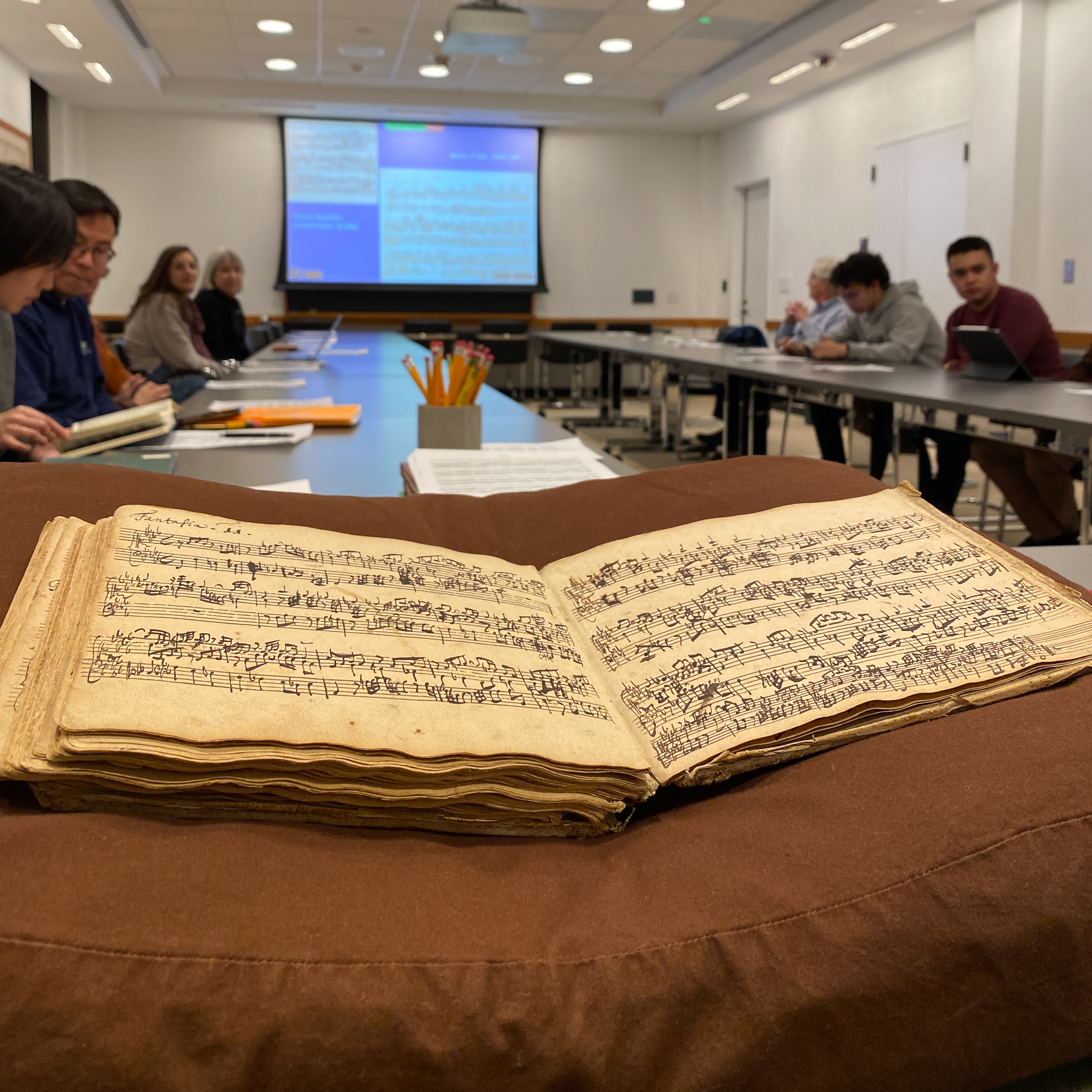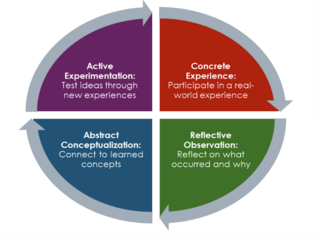At a Glance
Some key takeaways on experiential learning:
- Experiential learning is a type of active learning in which students learn through concrete experiences, reflective observation, conceptualization, and experimentation.
- Experiential learning enables increased knowledge acquisition and a deeper understanding of one’s community and environment.
- Instructors can apply experiential learning by incorporating service learning, field trips, visits to special collections and galleries, clinical education, field work, and study abroad into their curricula.

